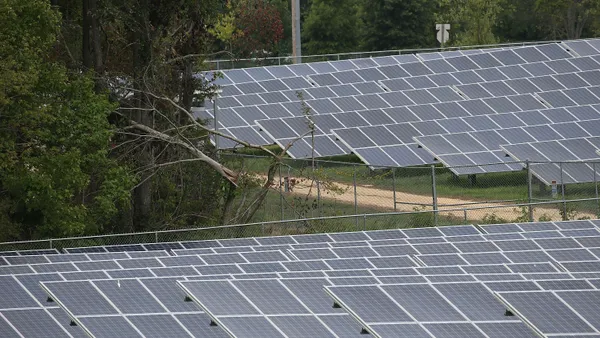Dive Brief:
- University of Michigan researchers have published a set of 12 principles to help ensure energy storage projects are environmentally sustainable.
- The principles are split into three categories and were inspired by green chemistry and engineering principles.
- The categories cover how storage devices are used, how they are maintained and how they are designed.
Dive Insight:
The rapid growth of wind and solar power is widely credited as a major driver of the growth in energy storage installations, but a group of Michigan researchers does not want to see the environmental gains of renewable resources undercut by energy storage.
“Storage systems result in their own environmental impact or emissions because of their production and the way they’re integrated into the system,” Maryam Arbabzadeh, a graduate assistant at the University of Michigan’s School of Natural Resources and Environment.
Arbabzadeh is one of the authors of the report, “Twelve Principles for Green Energy Storage in Grid Applications,” which was recently published in the journal Environmental Science and Technology. The environmental impacts of energy storage are not always apparent, she says.
The principles are divided into three categories by the researchers who distinguished between capacity application, which could displace the need for new transmission and distribution, and energy applications, which would reduce curtailment from renewable sources.
The first category targets the grid application of energy storage and is geared toward utilities. In that category the first principle is to “charge clean and displace dirty” energy.
The second category targets storage operators and maintenance, and the principles under that heading encourage operators to work toward obtaining optimal service life and maximum round-trip efficiency.
The third category targets designers of energy storage systems. Those recommendations call for minimizing the use of non-renewable and hazardous materials in batteries and other storage technologies.
The Michigan team's guidelines come as environmentalists are raising concerns over the environmental impact of the expansion in energy storage, including issues with battery chemistry, recycling and the source of power used to charge electric vehicles and stationary storage facilities.












